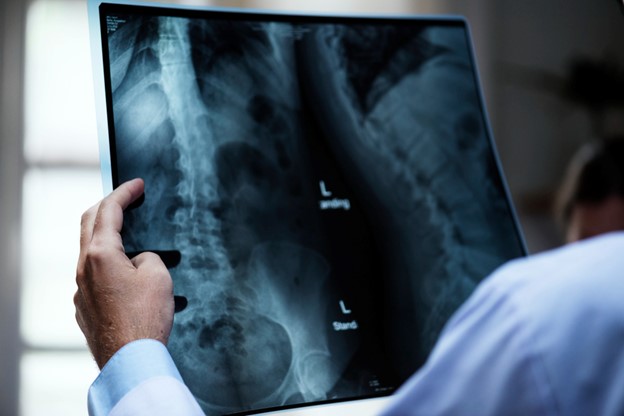Spinal cord injuries occur when damage to the spinal cord results in a loss of function, like mobility or feeling. This can have serious effects on an individual’s life, impacting daily activities and independence. A spinal cord injury can change a person’s daily routine drastically, highlighting the need for awareness about these injuries. According to recent data, thousands suffer from these injuries every year, which underlines the importance of understanding them for timely interventions. This blog will cover the basics, including how they happen, the symptoms, and possible recovery paths.
Understanding Spinal Cord Injuries and Their Causes
The spinal cord is a bundle of nerves that runs down the middle of the back, protected by the spine. It plays a crucial role in sending messages between the brain and the rest of the body, controlling our movements and sensations.
Spinal cord injuries can be caused by traumatic events like car accidents, falls, or sports injuries. For instance, a minor trip down the stairs can lead to severe consequences if it results in damage to the spinal cord. Non-traumatic causes include conditions like arthritis, infections, or even tumors. Infections or degenerative diseases can also contribute to these injuries.
Understanding these causes helps in spinal cord injuries prevention. By wearing seat belts, using protective gear in sports, and having a safe home environment, many risks can be reduced. Quick recognition of causes and acting on them can save lives or reduce the severity of spinal cord injuries. For example, if signs of infection or degenerative changes are noticed early, treatment can prevent further damage.
Symptoms, Immediate Treatment, and Rehabilitation of Spinal Cord Injuries
Many people experience different symptoms after a spinal cord injury. Commonly, there may be paralysis, loss of sensation, or changes in bodily functions like bladder control. These daily challenges can greatly affect someone’s life.
Immediate treatment is crucial after a spinal cord injury. This includes emergency medical help and often involves surgeries to stabilize the spine. Such quick actions are vital for minimizing damage and improving recovery.
Rehabilitation after spinal cord injuries often involves spinal cord injuries physical therapy and psychological support. The goal is to help people regain their independence as much as possible. This process is a journey, where progress may feel slow but every small victory counts. Support from therapists and loved ones plays a key role in motivating and aiding recovery.
Living with Spinal Cord Injuries and Prevention
Living with a spinal cord injury involves many adjustments. Home modifications, such as ramps or grab bars, and changes to daily habits can make life easier. Nevertheless, with determination and community support, many find ways to lead fulfilling lives.
Research is ongoing to find better spinal cord injuries treatment options. Innovations in stem cells and regenerative medicine are promising avenues. They offer hope for improved healing and function recovery in the future.
Preventive measures are crucial in avoiding these injuries. Here are some tips:
- Use protective gear while playing sports
- Always wear your seatbelt
- Keep floors free of clutter to prevent falls
Each step taken towards safety helps in reducing the risk of these life-altering injuries. By adopting these practices, you can help protect yourself and those around you from potential harm.
Understanding long-term effects of spinal cord injuries helps in preparing better. Individuals may need ongoing support, but with modern advancements and personal resilience, living successfully with these injuries is possible. Thus, embracing preventive techniques and being aware of treatment options is invaluable.


